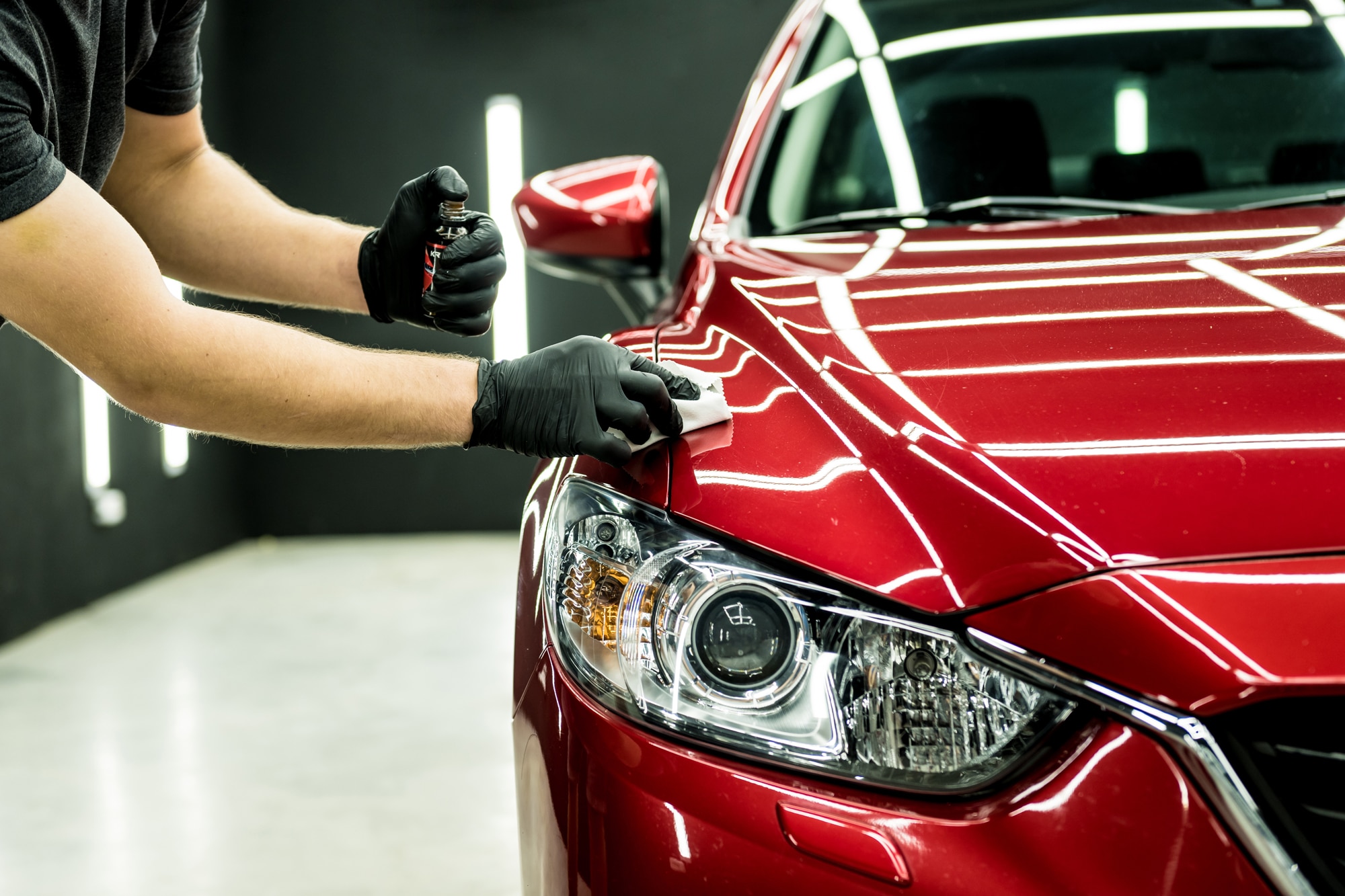A Comprehensive Guide to the Kinds of Ceramic Coating on the Market
Ceramic layers have actually emerged as a critical solution throughout various markets due to their distinct buildings and applications. As we discover the distinct features and applications of these finishes, the ramifications for efficiency and longevity end up being progressively apparent, raising concerns concerning which kind could best suit your needs.
Recognizing Ceramic Coatings
Ceramic finishes are sophisticated protective services that have gained appeal in numerous sectors, especially in auto and aerospace applications. These coatings are composed of a liquid polymer that, when treated, forms a resilient, hydrophobic layer on the surface area of the substratum. This layer provides improved resistance to ecological impurities, UV radiation, and chemical direct exposure, consequently prolonging the life and aesthetic allure of the underlying product.
The basic part of ceramic finishings is silica, which adds to their firmness and toughness. The application procedure typically involves surface prep work, application of the covering, and healing, which can be accomplished through heat or UV light. Once cured, ceramic finishes show remarkable bonding residential or commercial properties, permitting them to stick strongly to a range of surface areas, consisting of metals, plastics, and glass.
Along with their safety functions, ceramic finishes also use simplicity of upkeep. Their hydrophobic nature reduces the adherence of dirt and gunk, making cleaning less complex and less regular. Generally, the fostering of ceramic finishings stands for a considerable development in surface security innovation, providing both practical and aesthetic benefits throughout multiple industries.
Kinds of Ceramic Coatings
Different sorts of ceramic finishes are available, each developed to fulfill specific performance needs and applications - Auto Detailing. The most common kinds consist of:
Silica-based Coatings: These coatings largely contain silicon dioxide and are understood for their durability and chemical resistance. They are commonly made use of in vehicle and commercial applications.
Titanium Dioxide Coatings: Renowned for their photocatalytic properties, titanium dioxide finishes are frequently applied in atmospheres where self-cleaning and antifungal properties are desirable, such as in structure products and automotive finishes.
Zirconia Coatings: Defined by their high-temperature security and thermal resistance, zirconia coatings are made use of in applications such as generator engines and high-performance auto parts.
Alumina Coatings: Displaying exceptional solidity and thermal security, alumina finishes are regularly made use of in wear-resistant applications, including cutting devices and commercial machinery. - ceramic coating sarasota
Hybrid Coatings: Integrating the residential properties of different materials, crossbreed finishings use boosted efficiency qualities, making them appropriate for one-of-a-kind and requiring applications.
Each kind of ceramic finishing serves unique objectives, enabling individuals to choose the most proper service based on my review here details environmental conditions and efficiency needs.
Advantages of Ceramic Coatings
Coatings play a crucial duty in improving the efficiency and long life of surface areas throughout different markets. Ceramic finishes, specifically, offer countless advantages that make them increasingly popular amongst makers and customers alike. One of the main benefits is their phenomenal sturdiness. These coatings are resistant to scratches, chemicals, and visit site UV rays, guaranteeing that the underlying surface area remains safeguarded in time.
In enhancement to sturdiness, ceramic finishings give exceptional hydrophobic homes, permitting very easy cleaning and upkeep. This water-repellent nature decreases the adherence of dust, gunk, and other impurities, which can prolong the visual charm and performance of the surface. Additionally, ceramic coverings can considerably improve thermal resistance, making them perfect for applications that endure heats.

Application Process
When applying ceramic layers, a careful method is essential to accomplish optimal outcomes. A clean surface area makes sure appropriate attachment of the layer.
When the surface is prepped, the next step is to use the ceramic finishing. The finish must be applied in thin layers, as thicker applications can lead to uneven finishes.
After application, the layer calls for a details treating time, usually ranging from a couple of hours to a complete day, depending on the product. Following these steps diligently will make best use of the performance and long life of the ceramic covering, supplying a resilient protective layer for the surface.
Upkeep and Long Life
To make certain the long life and performance of a ceramic finishing, regular upkeep is necessary. Ceramic finishings, recognized for their durability and safety qualities, call for particular treatment routines to optimize their lifespan and efficiency. The very first step in maintenance involves routine washing with pH-neutral soap, avoiding severe chemicals that can deteriorate the layer. It is recommended to clean the lorry routinely, preferably every 2 weeks, to avoid the buildup of pollutants that can endanger the finishing's integrity. find more information
Along with regular cleaning, regular examinations are critical. Look for signs of wear or damage, such as hydrophobic residential properties diminishing or surface flaws. If required, a light gloss might be related to revitalize the coating without removing it away.
Furthermore, the application of a booster spray can improve the finishing's hydrophobic impacts and recover its gloss. This is specifically beneficial for finishes that have actually been in usage for an extended duration. Inevitably, by adhering to these upkeep practices, one can considerably prolong the life of a ceramic layer, making sure that it proceeds to supply ideal security against environmental factors and maintain the visual appeal of the car.
Verdict
